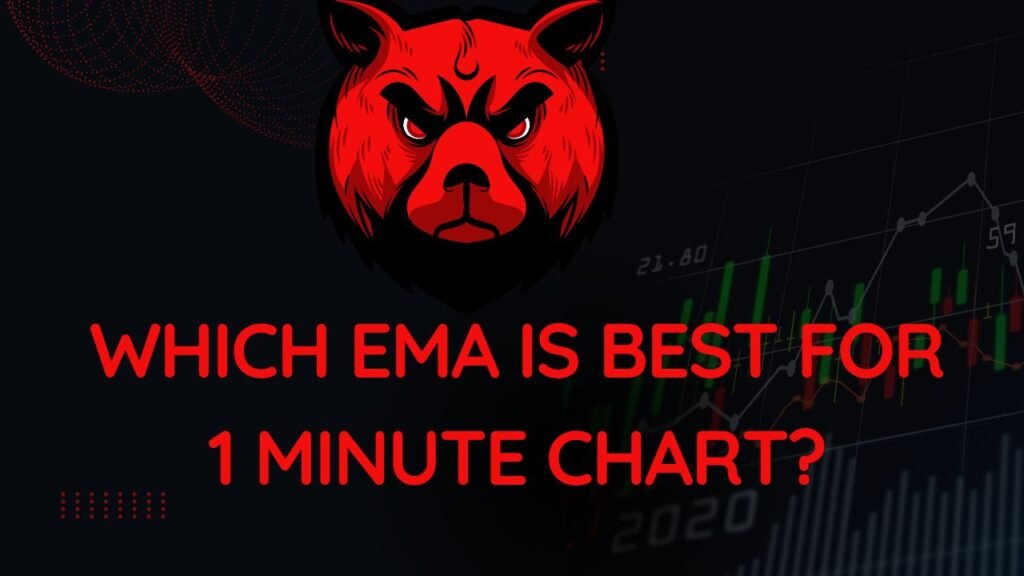
When it comes to trading on a 1-minute chart, choosing the right Exponential Moving Average (EMA) can significantly impact your strategies and outcomes. In this article, we dive into the world of EMAs and uncover which EMA might be the most suitable for your 1-minute chart trading endeavors.
Understanding EMAs and Their Significance
EMAs are a popular tool in technical analysis, offering traders insights into short-term price trends. Unlike Simple Moving Averages (SMAs), EMAs give more weight to recent price data, making them more responsive to rapid market changes. This responsiveness is particularly relevant when dealing with 1-minute charts, where price movements happen swiftly.
The Power of the 9-EMA: Quick and Nimble
Among the various EMAs, the 9-EMA stands out as a favorite for traders operating on 1-minute charts. Its ability to closely follow price movements in the short term can provide valuable signals for rapid entries and exits. The 9-EMA’s sensitivity to price fluctuations is well-aligned with the pace of a 1-minute chart, allowing traders to capture quick profits or react promptly to sudden reversals.
The 20-EMA: Striking a Balance
While the 9-EMA excels in rapid responsiveness, the 20-EMA offers a balanced approach for traders who seek a slightly broader perspective of the price action. This EMA considers a slightly more extended timeframe, which can help filter out some of the noise and provide a clearer trend indication amidst the inherent volatility of a 1-minute chart.
Choosing Wisely: Factors to Consider
Selecting the optimal EMA for your 1-minute chart trading strategy involves more than just the EMA’s characteristics. Here are some factors to weigh:
- Trading Style: Are you a scalper looking for quick gains, or a day trader seeking intraday trends?
- Volatility Tolerance: Can you handle rapid price swings, or do you prefer a slightly smoother trend signal?
- Confirmation Tools: Do you use other indicators like RSI or MACD that might work better with a specific EMA?
Conclusion
In the realm of 1-minute chart trading, the choice of EMA holds immense significance. While the 9-EMA’s agility aligns well with the chart’s pace, the 20-EMA offers a more balanced perspective. Ultimately, the best EMA for you depends on your trading style, risk tolerance, and overall strategy objectives.
Remember, regardless of the EMA you opt for, thorough backtesting and continuous adaptation are key to refining your approach. As the markets evolve, your chosen EMA’s effectiveness may shift, reinforcing the importance of staying informed and adaptable in the dynamic world of trading.
So, as you gear up for your next 1-minute chart trading session, consider the insights provided here to make an informed decision on which EMA could be your winning ticket.
Note: Always ensure to practice responsible risk management and stay updated with the latest market developments before making trading decisions.
Disclaimer: The content provided in this article is for informational purposes only and does not constitute financial advice or trading recommendations. Trading in financial markets involves risk, and individuals should carefully consider their financial situation and consult with a professional before making any trading decisions.